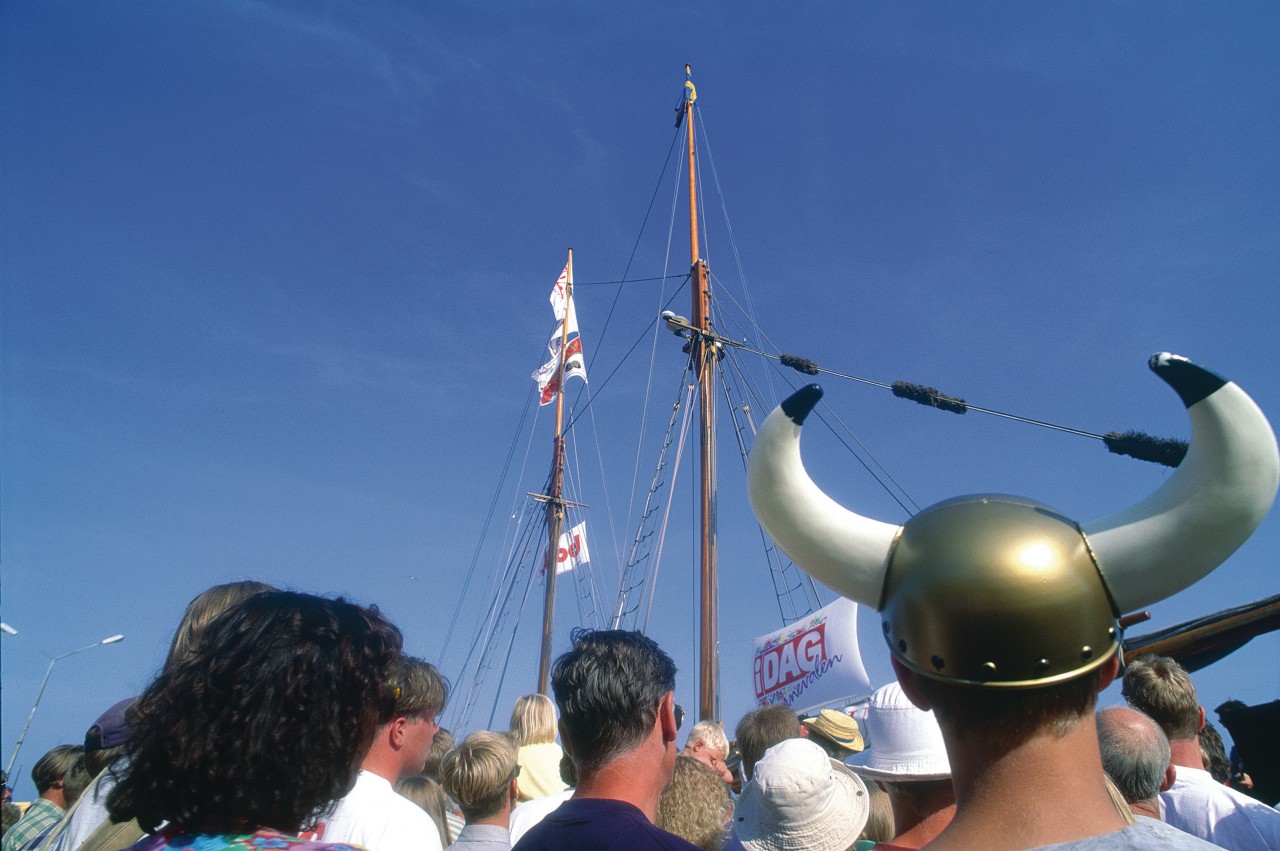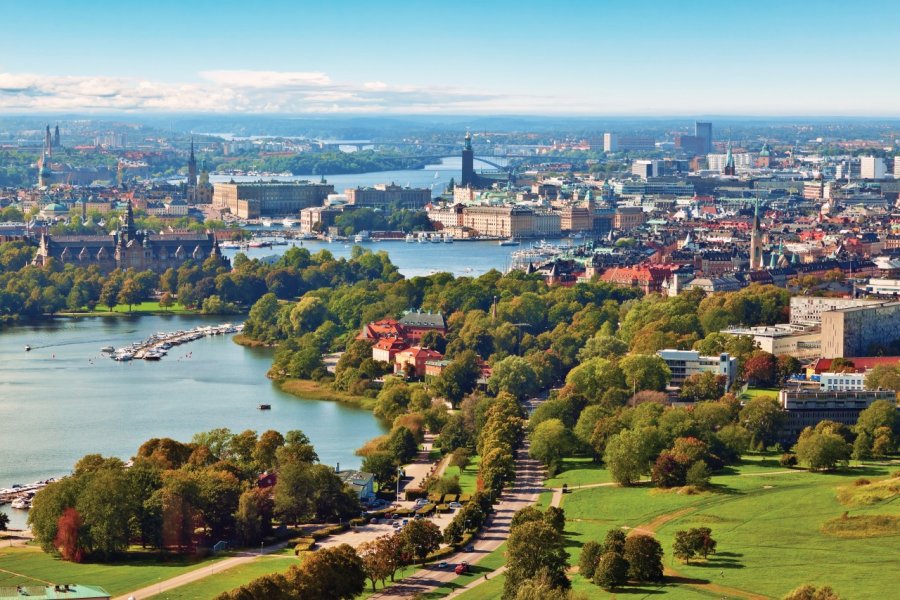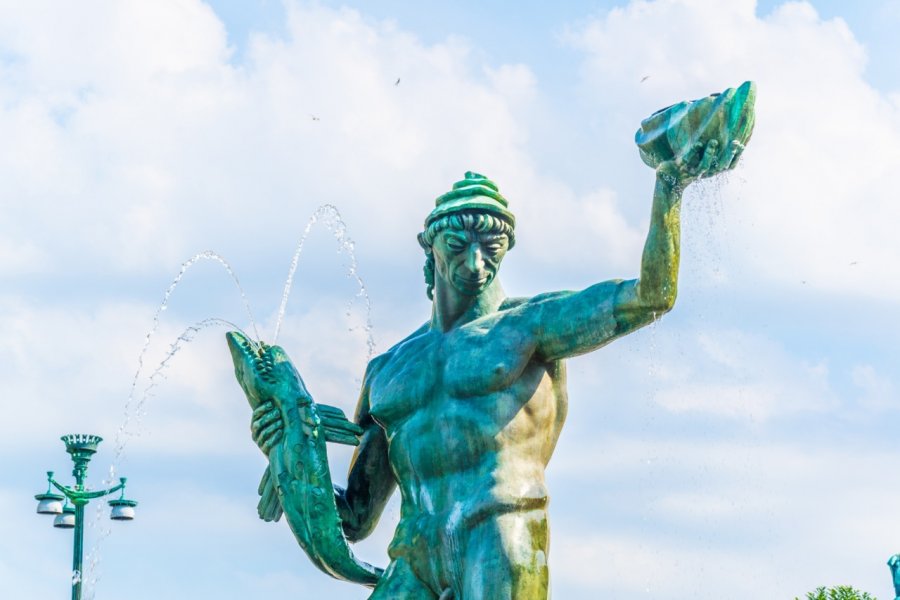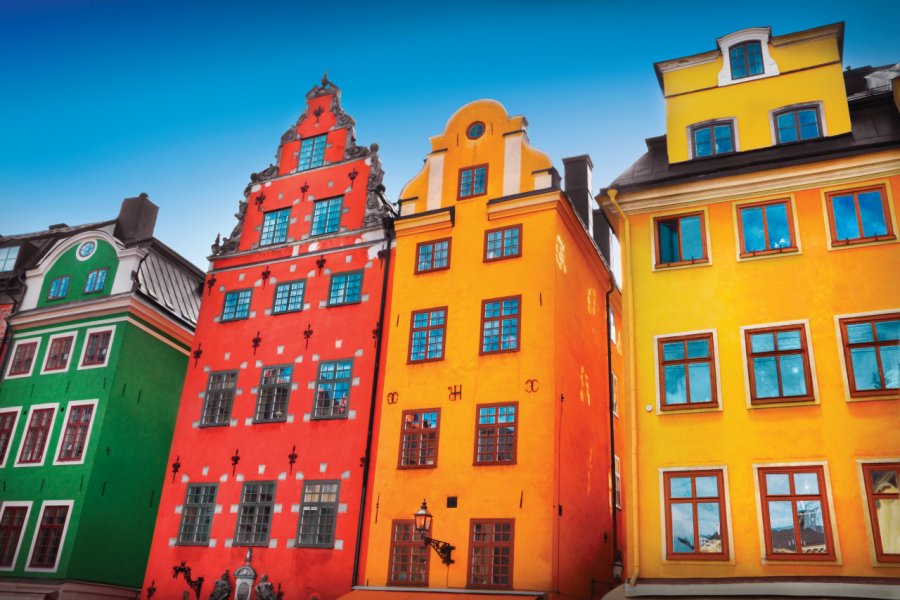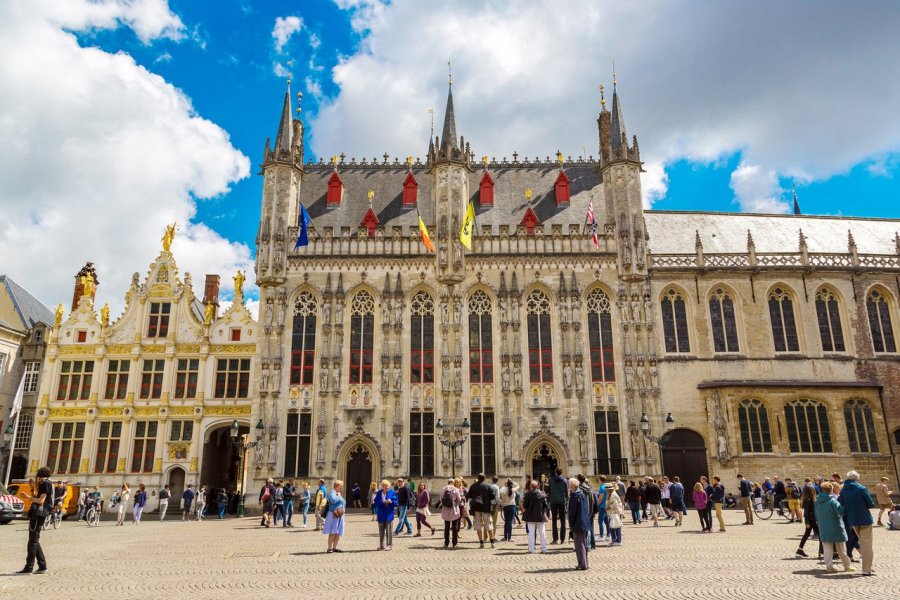In the footsteps of the Vikings
Highlights of the trip
During your stay you can enjoy the following highlights: Culture / Heritage, Adventure / Sports & Leisure.
Best times to go
The best time(s) to go is/are : Printemps, Eté, Automne, Hiver.
The map of your stay "In the footsteps of the Vikings"
Detail of the stay : In the footsteps of the Vikings
How to get there - Stockholm
Trelleborg, the Viking atmosphere
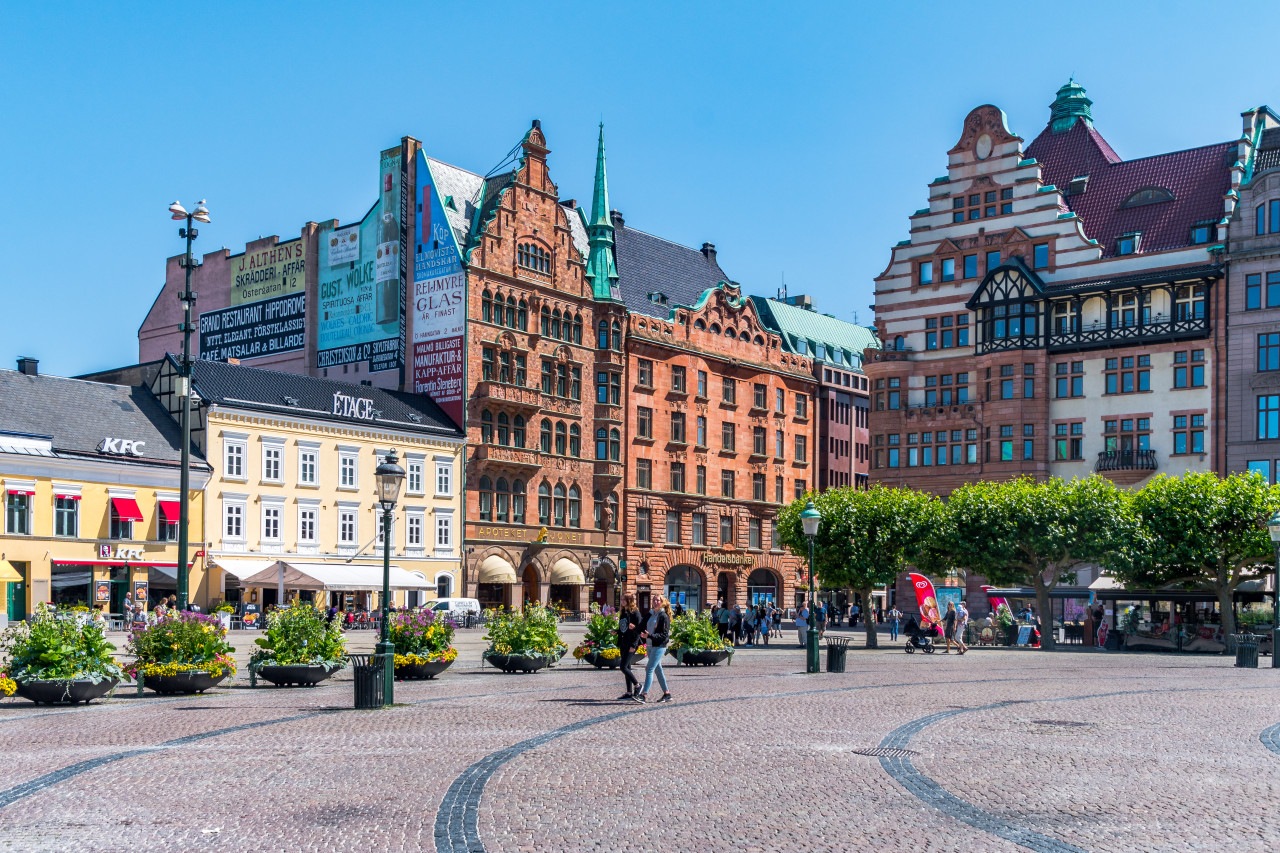
Steps: Ystad
Arriving in Trelleborg brings you right into the Viking atmosphere, as the town is home to one of the most important relics of that era: the fortress of Trelle, from which the town takes its name. In the heart of the city, just a few hundred meters from the ferry landing, lies a reconstructed part of this ancient fortress. A quarter of the palisade that once surrounded the Trelle fort (circa 1000) now stands again and can be visited. It should be noted that these are Danish, not Swedish, Viking remains, since southern Sweden was occupied by the Danes at the time, while the Swedish Vikings were based around Stockholm and Uppsala. Following this visit, an excursion of a few hours will take you to a superb and mysterious site that could be a Viking tomb. It's the Ales Stenar menhir alignment in Kåseberga, whose origin remains a mystery. To reach it, take Route 9 to Ystad, then, some ten kilometers after Ystad, exit in the direction of Kåseberga.
Places of interest : FORT DE TRELLEBORG
The historical museums

Steps: Lund
From Trelleborg, head towards Malmö and take the E100 towards Höllviken. There, at the entrance to the village on the right, there is a sign for the Foteviken Museum, which shows the life of the Vikings in the area more than 1,000 years ago. There are reconstructed dwellings and boats. Leaving Höllviken, you reach Malmö and can make a short trip to Lund, 15 km away, which was founded in Viking times, around 990, but of which few traces remain today (it has become an important university town), except in the collection of old objects in the Historical Museum.
Places of interest : MUSÉE DE FOTEVIKEN
Ancestral boats
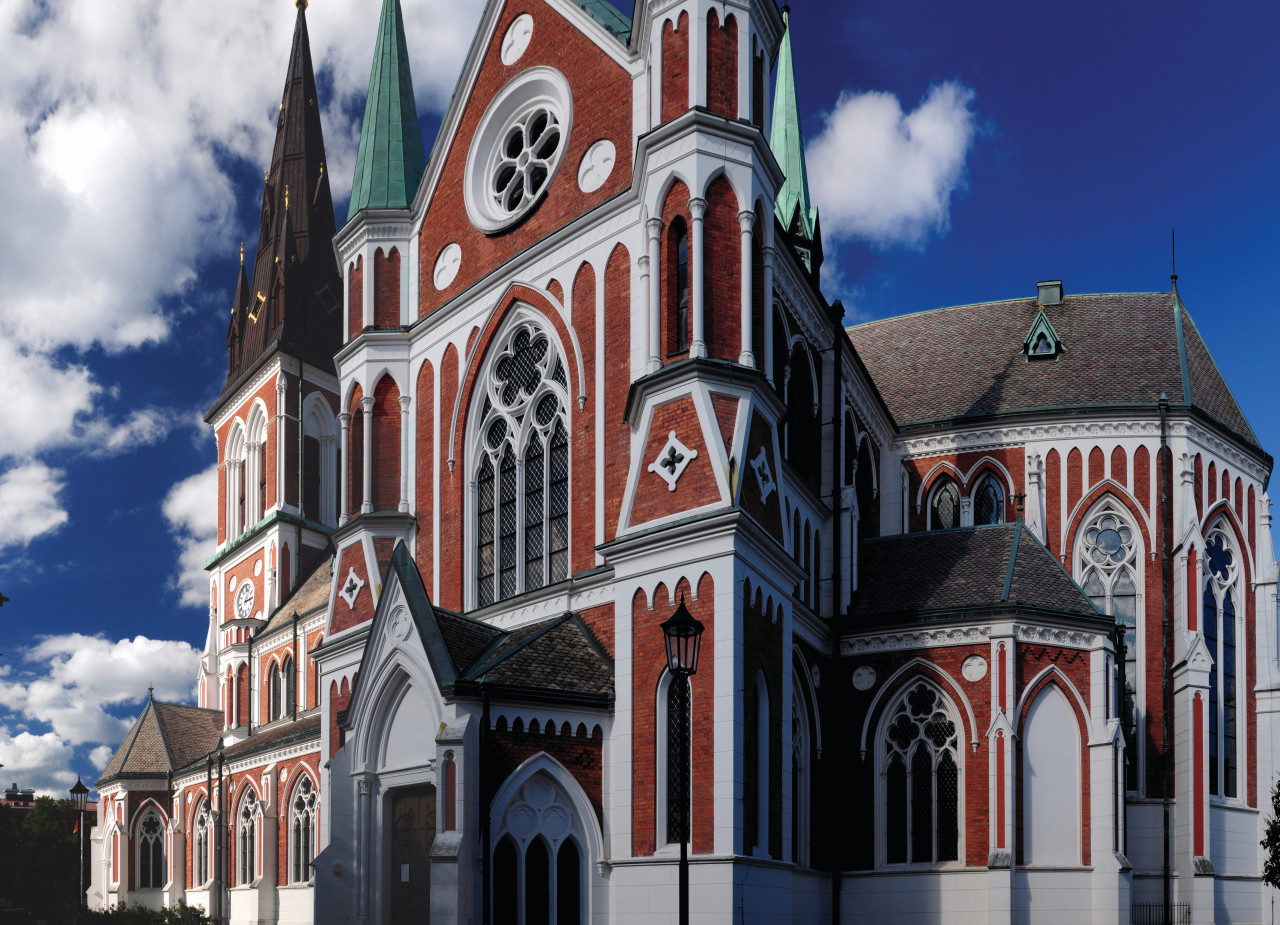
Steps: Göteborg
Direction Gothenburg, which is reached after 280 km on the E6/E20 motorway. There, a visit to the Stadsmuseum allows you to discover the Äskekärrskeppet, a Viking ship discovered in 1933.
In the footsteps of the Danish Vikings
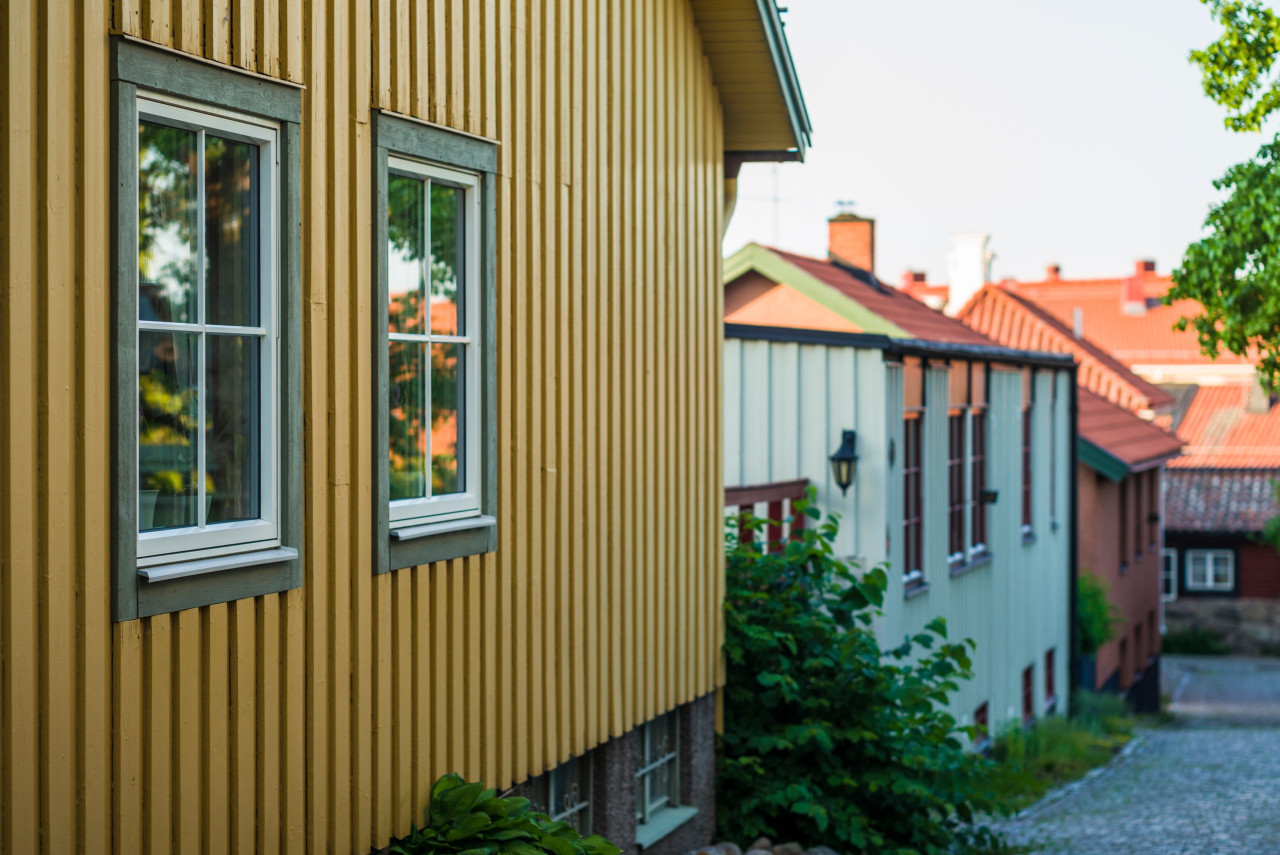
Steps: Jönköping
After Gothenburg, take Route 40 east to Jönköping, a stopover on the way to Lake Mälaren. Here, we leave behind the vestiges of the Danish Vikings and turn our attention to the Svears, the Swedish Vikings who settled on the country's east coast. From Jönköping, take the E4 freeway north along the eastern shore of Lake Vättern. Near Ödeshög is the site of Rökstenen, one of the country's most important rune stones (rune stones are generally upright stones used by Vikings as writing implements). Thanks to these stones, which are abundant in Sweden, it has been possible to understand their culture and find traces of their history. The next stop is Motala, a little further north on Route 50.
The mysterious runestones
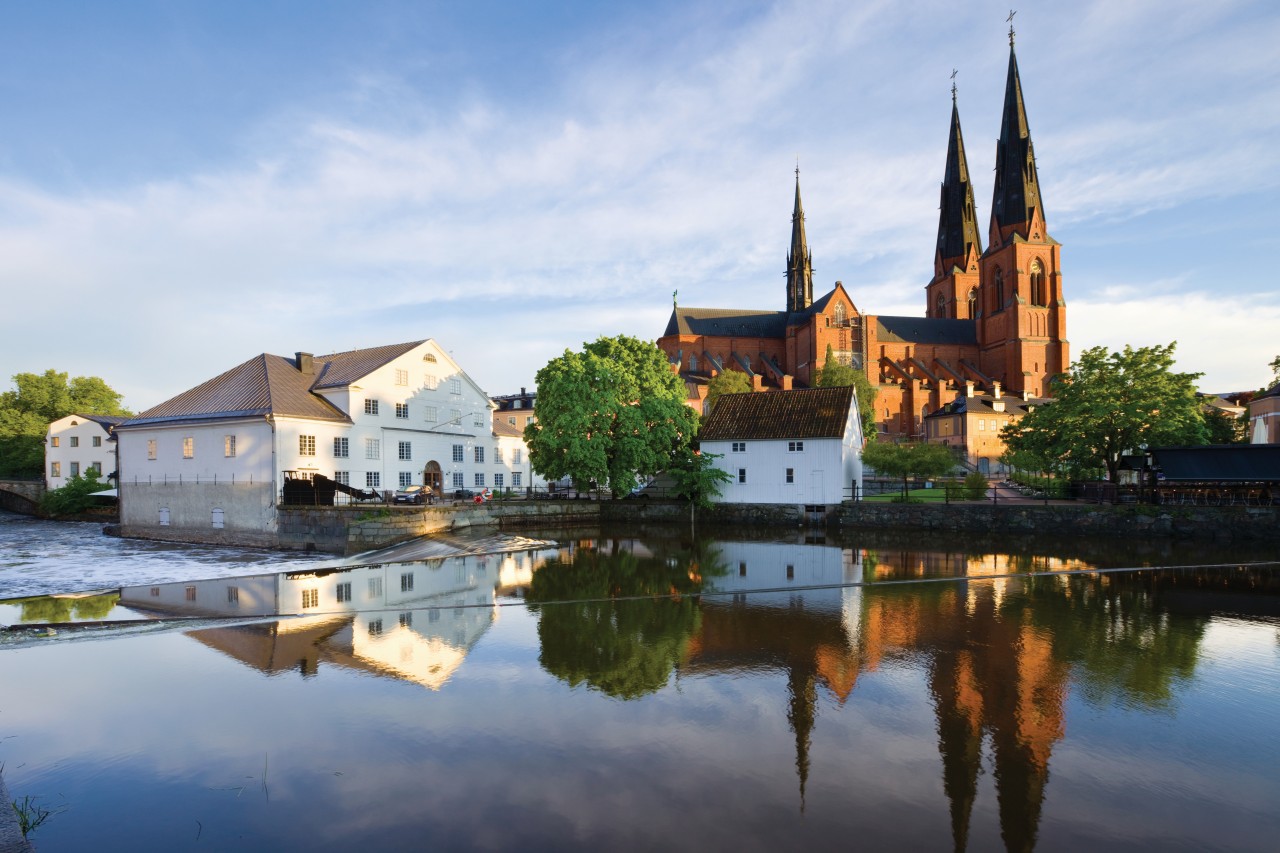
Steps: Västerås
Back on the road towards Västerås, first on Route 50 northwards, then on the E20 freeway to Arboga and the E18 to Västerås. This takes you into Sweden's most densely populated region for Viking-era remains, especially runestones: this area is concentrated in Uppland, Västmanland, Gästrikland and the Stockholm region. On the way out of Västerås towards Stockholm, you can visit one of Sweden's most interesting burial sites, Anundshög. Here, enormous mounds of earth form the highest Viking tombs found in the country. A few runic stones complete the landscape.
The graves of Swedish warriors
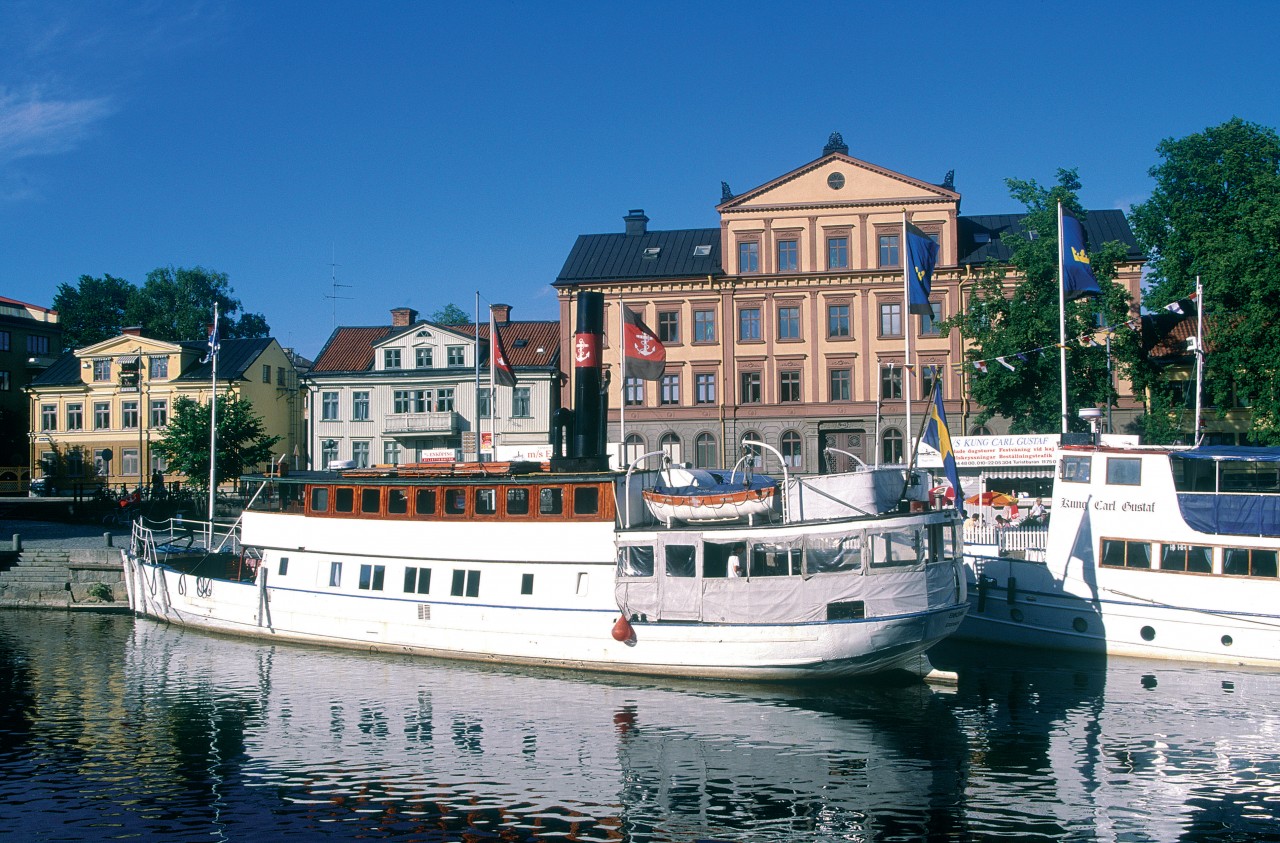
Steps: Uppsala
Leave Västerås on the E18 to Enköping, then take Route 55 to Uppsala. Among the many museums in this city, the Gustavianum Museum displays some objects from the Viking era (helmets, shields, boat parts). Take the opportunity to visit the site of Gamla Uppsala (the old town), which is located outside of present-day Uppsala in the northeast. You will find there three large royal tombs dating from the 6th century, when Gamla Uppsala was supposed to be the central power of the Swedish Vikings. There is also a historical museum.
The disappearing universe of Årsunda
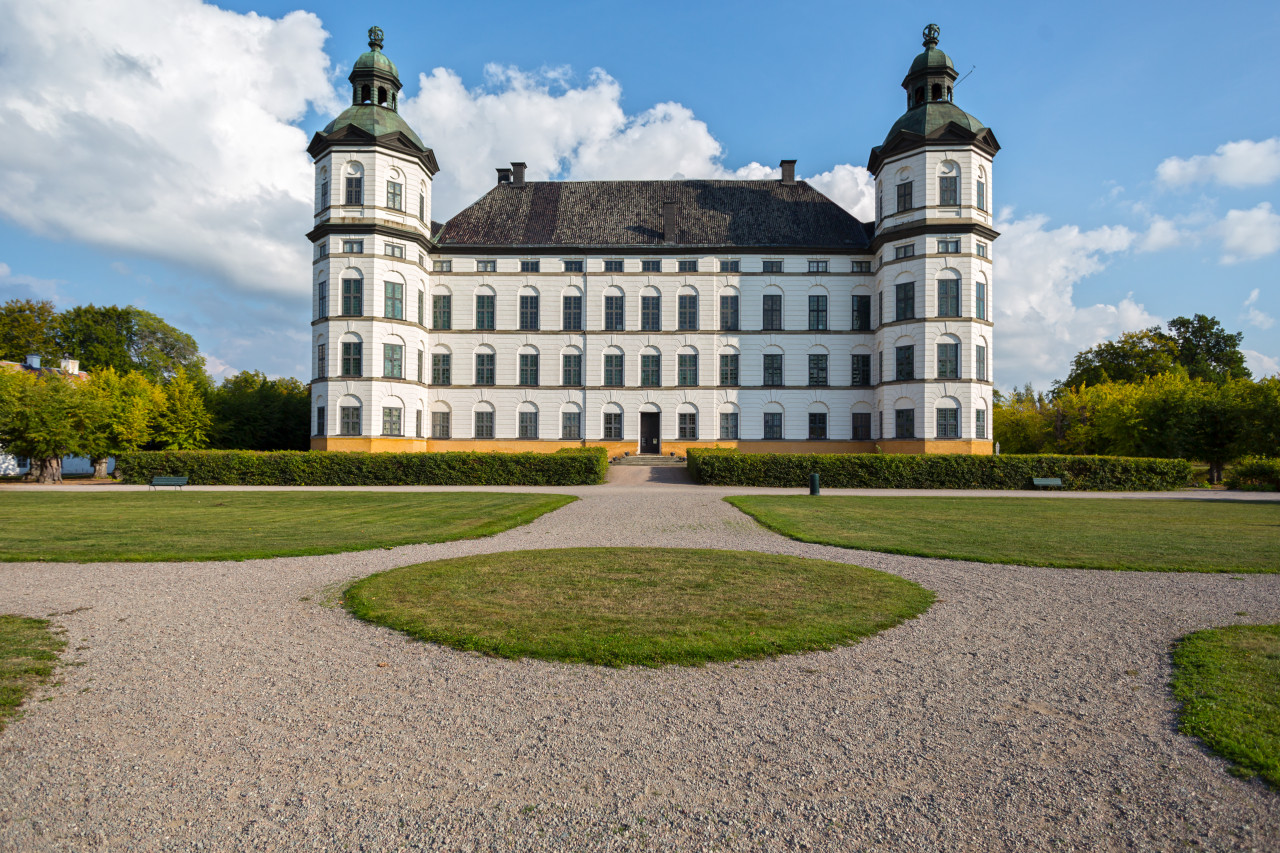
Steps: Uppsala
From Uppsala, a trip to the Viking village of Årsunda will take you back to their lost world. This reconstructed village offers activities revolving around Viking culture. Tools, graves and rune stones have been found in the vicinity of this site. To get there from Uppsala, just follow the road 272 to the northwest.
In the land of the carved head...

Steps: Birka
Leave Uppsala for Stockholm. Halfway there, you can't miss Sigtuna, one of the heartlands of Swedish Viking civilization. On the E4 freeway, exit at Märsta in the direction of Sigtuna. Sigtuna, Sweden's oldest surviving town, was founded around 970. It succeeded Birka as capital of the Svear people. Its alleyways are still laid out as they were in ancient times. There are numerous rune stones, remains of churches dating back to the Christianization of Scandinavia, and a museum(Sigtuna Museum) featuring numerous Viking relics and artefacts brought back from their conquests throughout Europe. Among them is a tiny carved head, which has become a symbol of this vanished people.
Places of interest : SIGTUNA MUSEUM
Birka, the Viking trading post
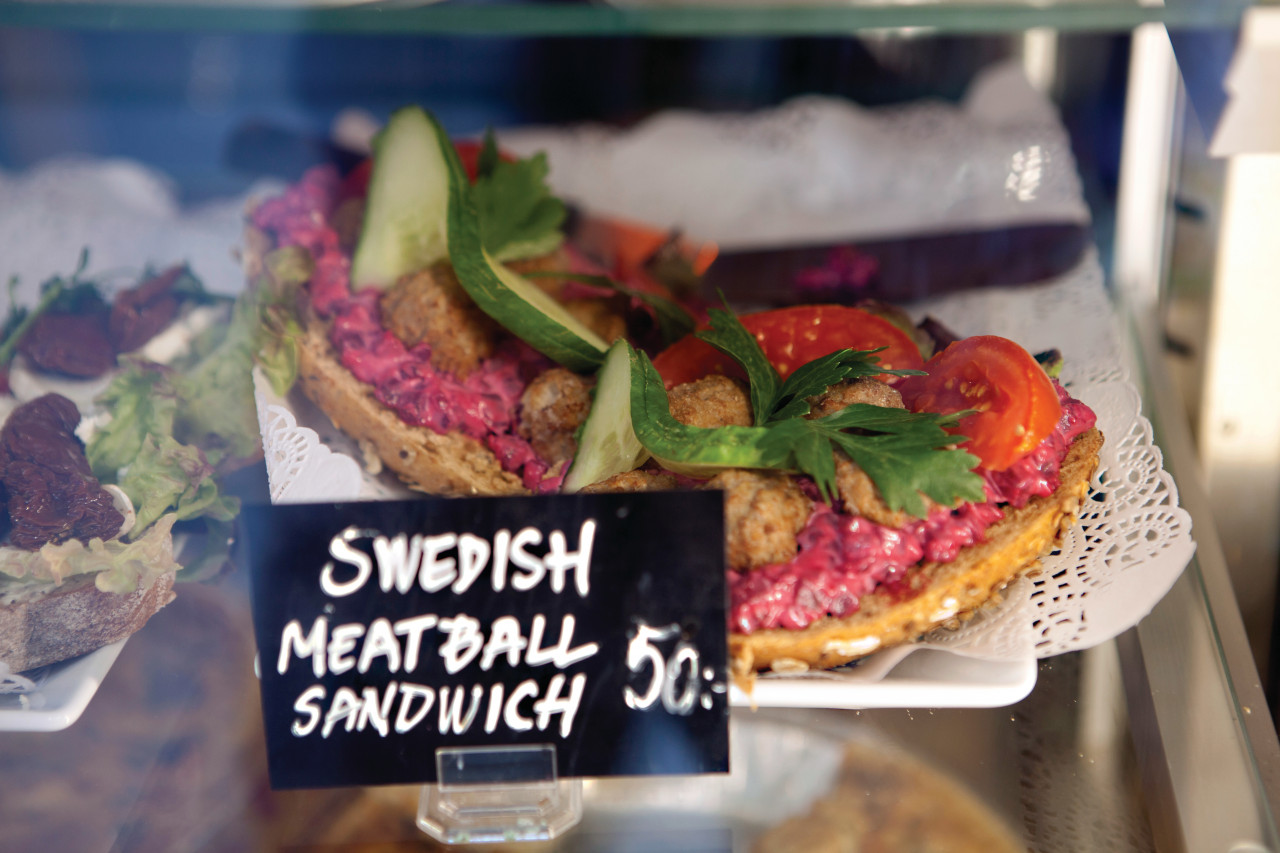
Steps: Birka
Once you've arrived in Stockholm, it's time to get out on the water! Board a boat in front of thetown hall in Stadshusbron, bound for one of Sweden's most important Viking sites: the village of Birka. Dating back to the 8th century, Birka was the most important Viking trading post of the period. The town was abandoned around 1000 A.D. in favor of Sigtuna, but archaeological digs continually reveal treasures from this Viking era. The Viking Museum will help you better understand the life of this people.
Places of interest : HÔTEL DE VILLE (STOCKHOLMS STADSHUS)
Stop on the island of Gotland
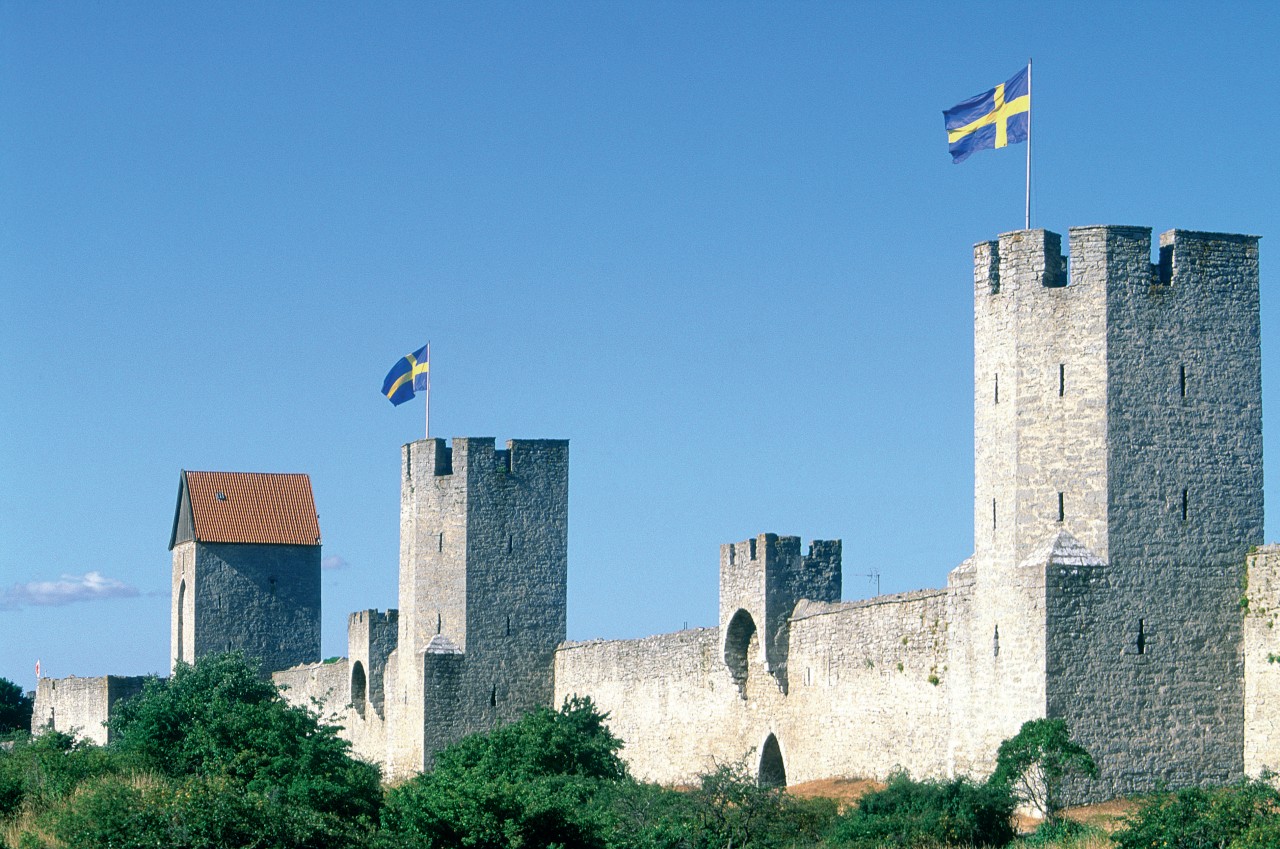
Steps: Visby
A final step is to leave Stockholm for Gotland Island, which was an important trading centre for the Vikings. To do so, take Route 73 south to the port of Nynäshamn, then take the ferry to Visby.
